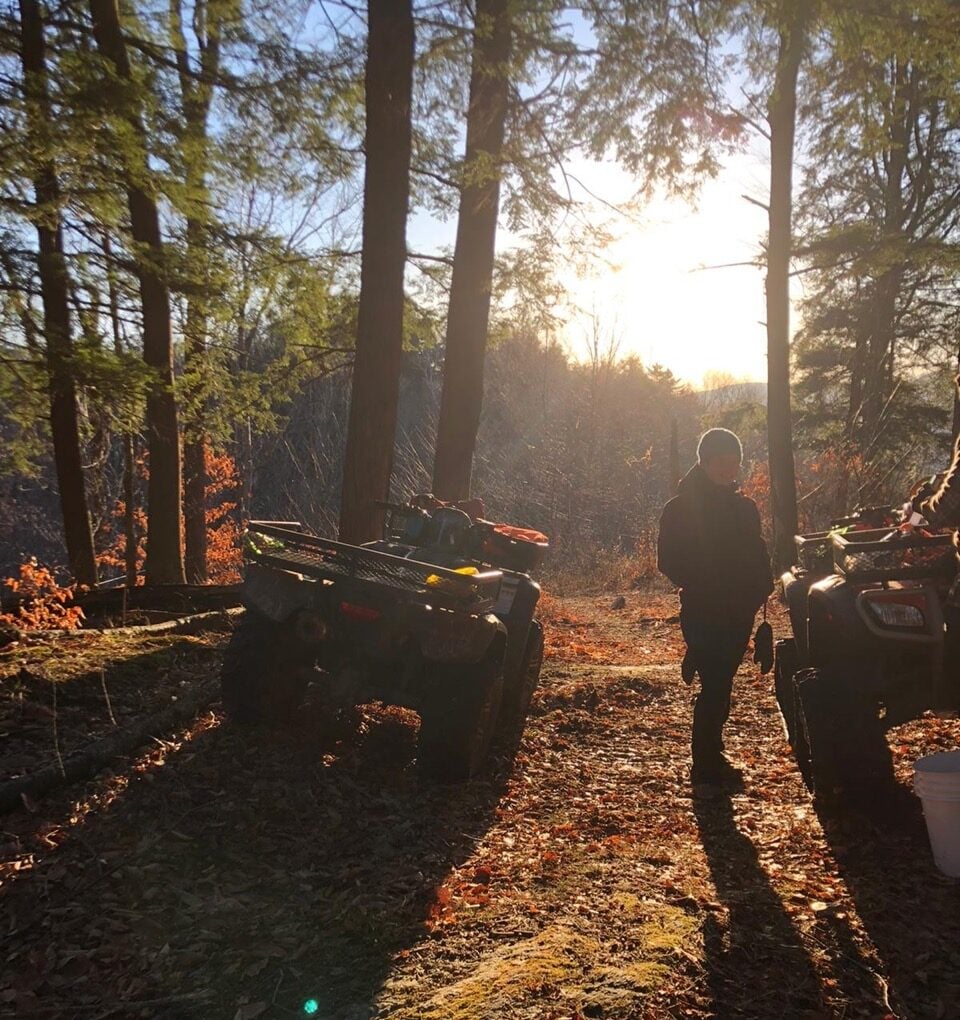The Bird-Friendly Maple Project is a collaborative effort led by Audubon Vermont that brings together Vermont’s maple sugaring industry with bird conservation.
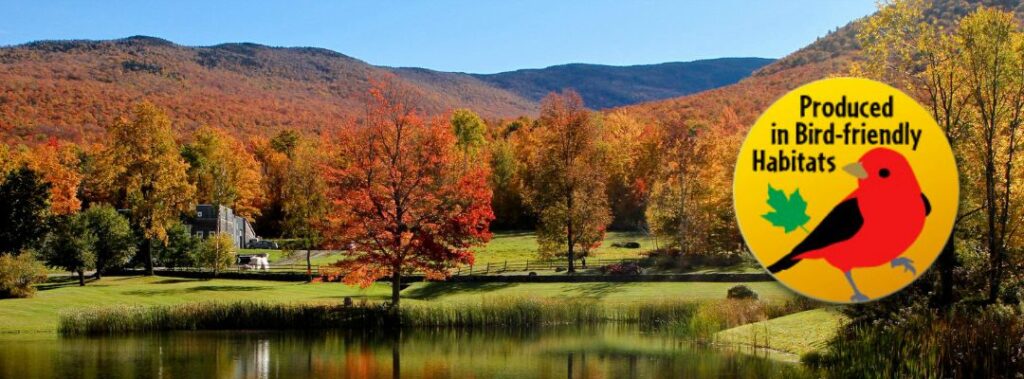
WHAT DOES “BIRD-FRIENDLY MAPLE” MEAN?
While maple syrup can look and taste similar, it can come from forests that are managed in dramatically different ways…
THE CHALLENGE:
The woods can be a rugged place to run a business. The desire to streamline a sugarbush by clearcutting non-maple trees may, in the short term, appeal to a tidy aesthetic and make it easier to maneuver in the forest to tap trees and collect sap. However, maple monocultures are less conducive to habitat creation for birds and bird species, and the forests become far less resilient to the stresses of insect outbreaks, diseases and changing climates.
THE SOLUTION:
Sugarmakers can intentionally manage the sugarbush to support and maintain bird-friendly features, like a diversity of tree species, layers of vegetation, and standing dead trees, logs, and branches. Biologically and structurally diverse sugarbushes offer great places for birds to forage, find cover, and raise their young. They are also likely to have better long-term sap production, fewer forest health problems, and be better able to adapt to the stresses of climate change.
 Maple sugarbushes are inherently good for birds, but forests that are intentionally managed with birds in mind are even better!
Maple sugarbushes are inherently good for birds, but forests that are intentionally managed with birds in mind are even better!
![]()
DID YOU KNOW…?
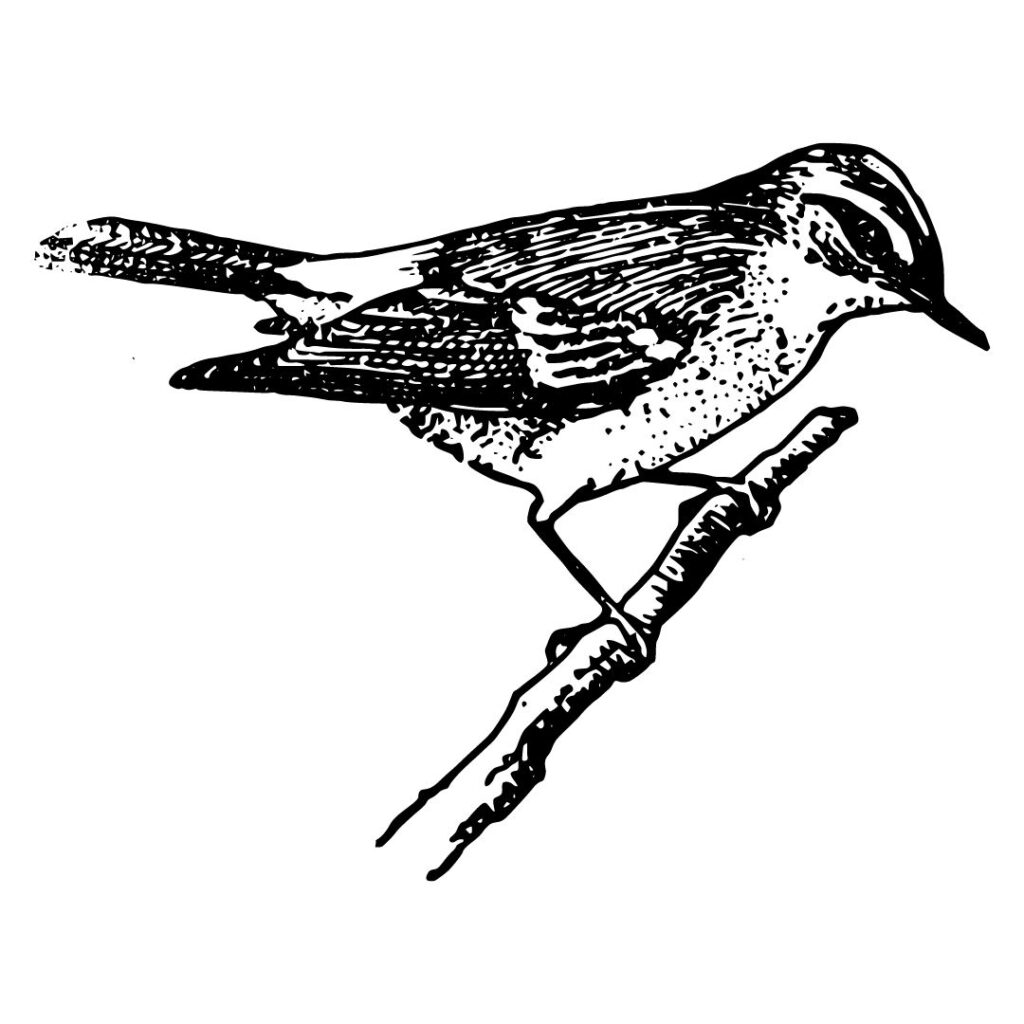
Vermont forests are a globally important nesting habitat for many species of migratory songbirds, in addition to local wildlife.
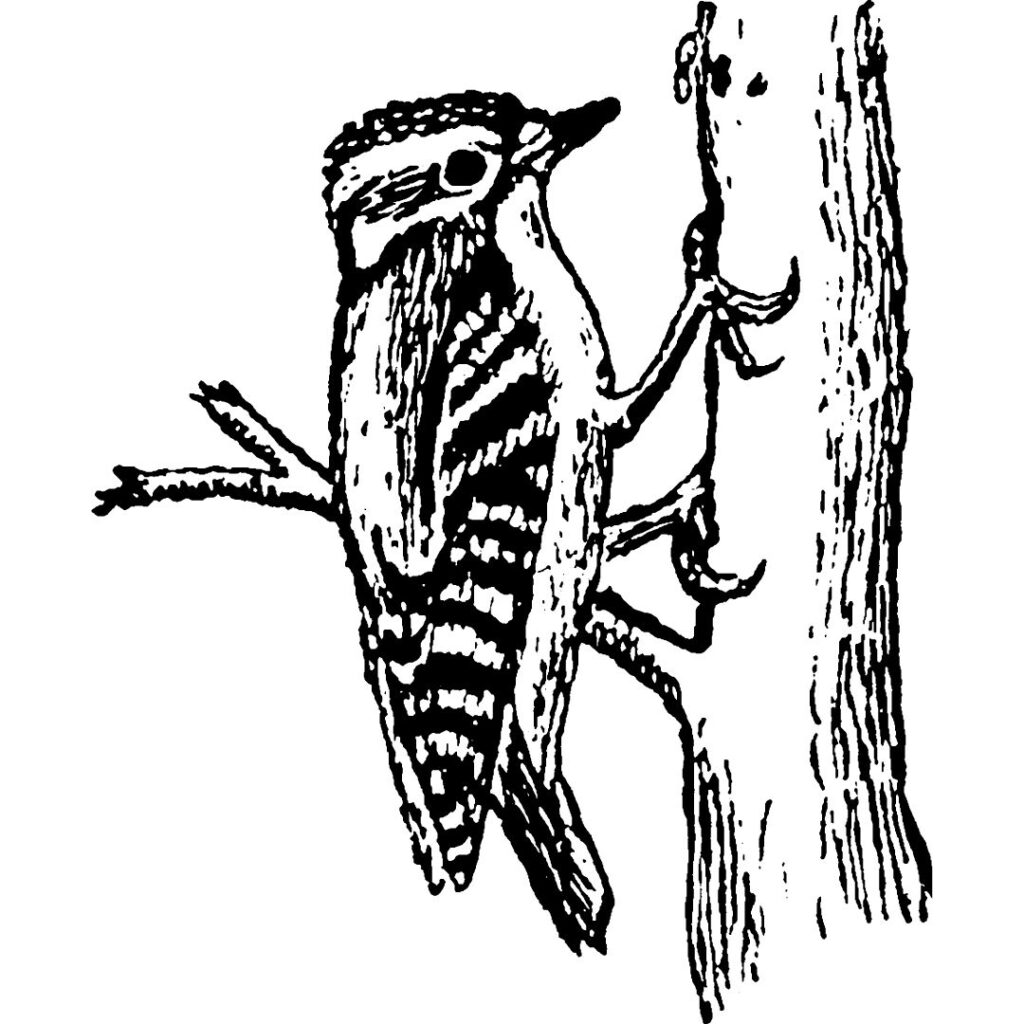
More than 30 bird speciesare known to use maple sugarbushes as nesting habitat.
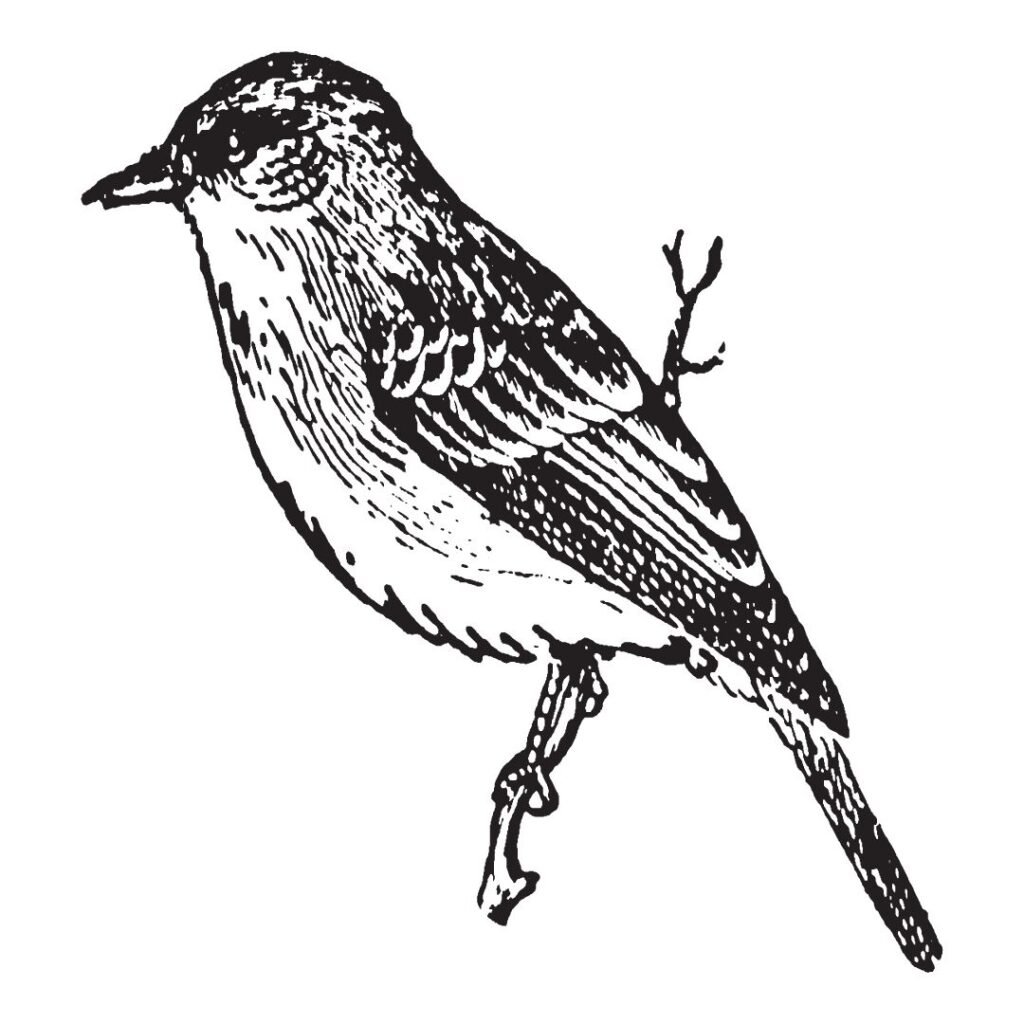
Some of these bird species have over 50% of their global breeding population in the northeastern forest.
LEARN MORE: MIGRATORY BIRDS IN VERMONT’S SUGARBUSHES
BEING BIRD-FRIENDLY LOOKS LIKE…
…having a variety of tree species, more than just maple…
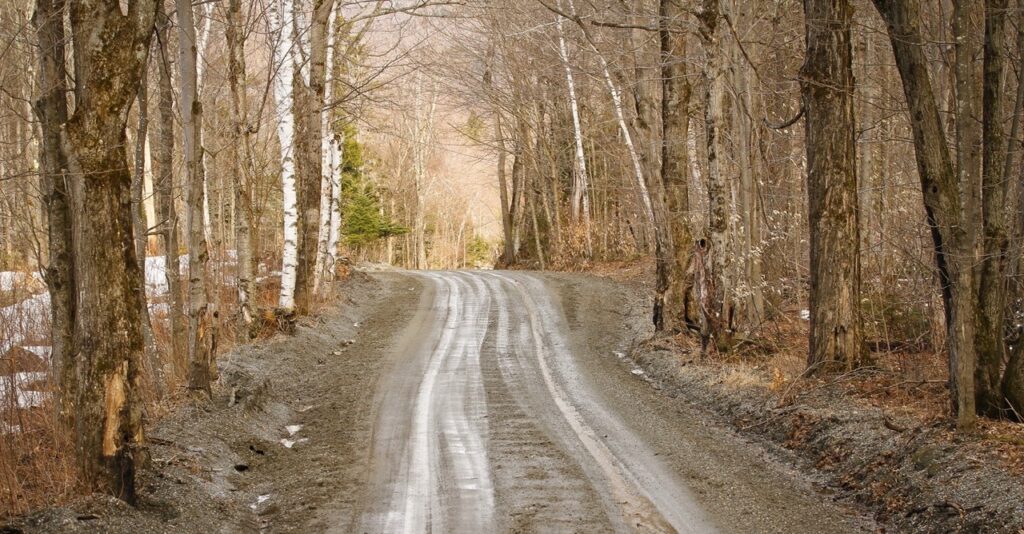
…maintaining standing dead trees and live trees with cavities…
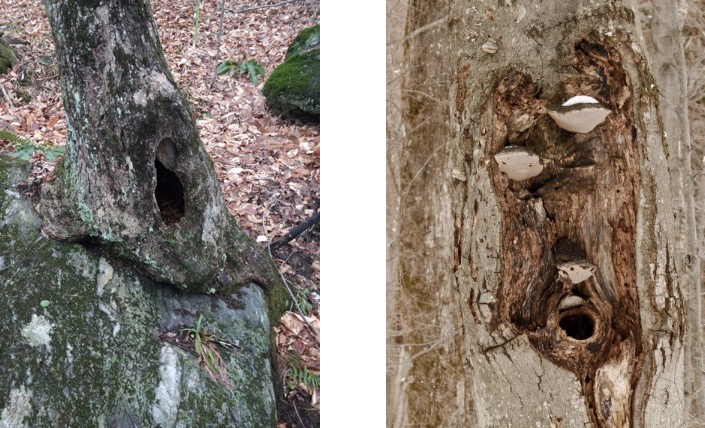
…layers of vegetation, from small seedlings, to saplings and shrubs, to the canopy overhead…
…logs and branches on the forest floor…
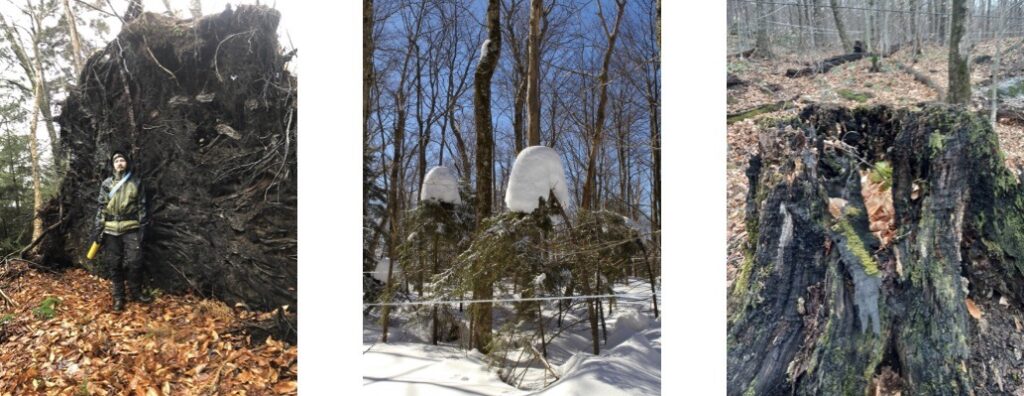
…and having a current Forestry Management Plan in place and reviewed by Audubon Vermont that follows bird-friendly sugarbush guidelines.
![]()
THE GOAL:
…a strong and supportive habitat for birds and wildlife!

Pictured here are a clutch of turkey eggs, one of the resident bears, and an eastern newt – all of whom make their homes in our Cambridge sugarbush.
![]()
Sources: Thanks to Audubon Vermont for the information and resources provided, and for their ongoing partnership in our conservation efforts. Visit the following links to Learn more or Adopt-A-Maple. Thank you to our woods crew for the photos used throughout this email, and for their continual achievement of maintaining a working landscape that upholds our environmental mission, while bringing you the best darn maple syrup around.

